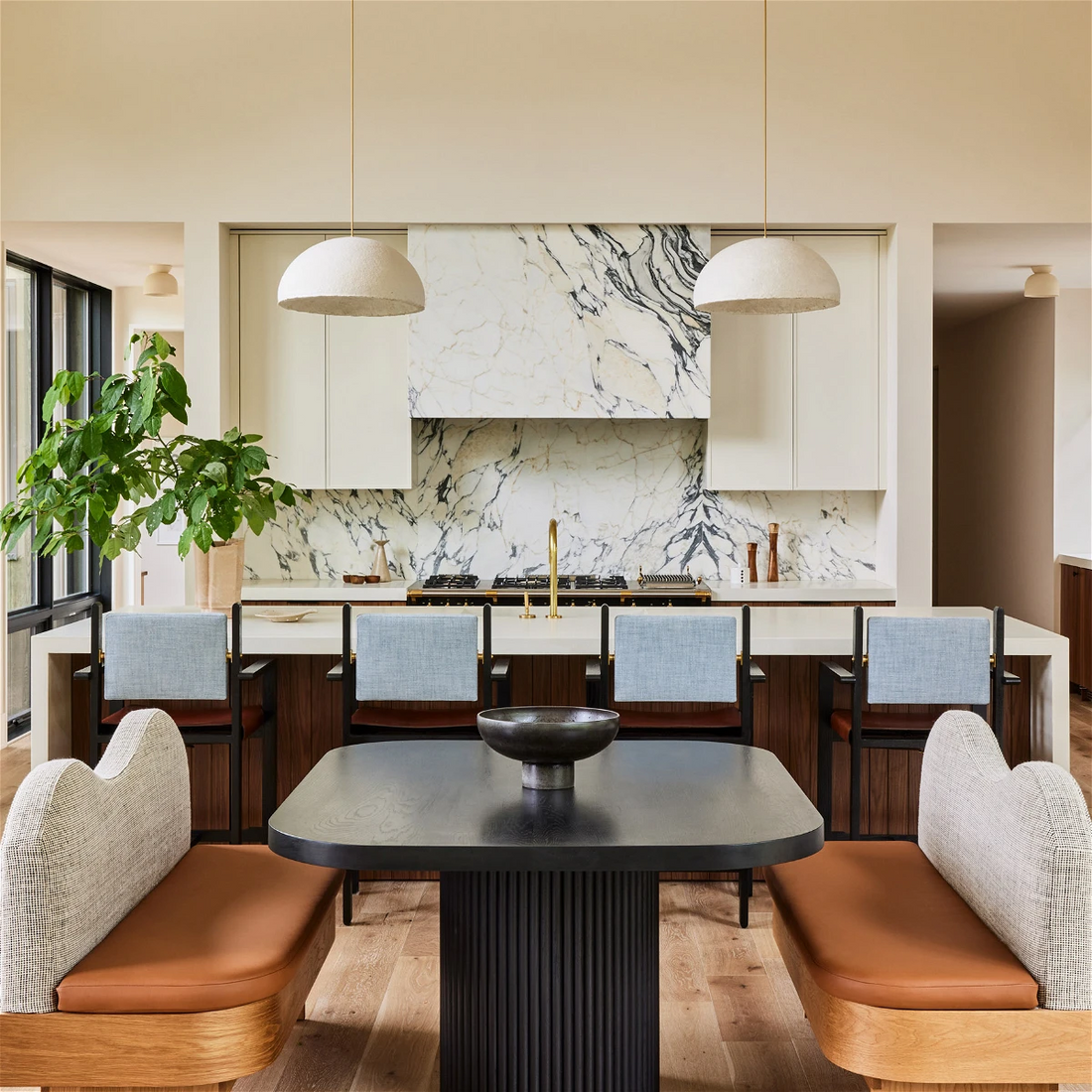
How to Design Kitchen Cabinet Layout
Designing a kitchen cabinet layout is a crucial aspect of creating a functional and aesthetically pleasing space. As we delve into the art of crafting the perfect kitchen, let's explore key elements that contribute to a well-designed cabinet layout.
1. Space Assessment:
Begin by assessing the available space in your kitchen. Take accurate measurements and consider the overall layout. This step lays the foundation for a seamless and efficient cabinet design.
2. Functional Zones:
Divide your kitchen into functional zones to optimize workflow. Allocate space for cooking, preparation, storage, and cleaning. Each zone should seamlessly connect to create a harmonious kitchen experience.
3. Cabinet Styles:
Explore various cabinet styles to find the one that complements your kitchen's aesthetic. Whether you prefer modern, traditional, or transitional designs, choose cabinets that resonate with your personal style.
4. Color Palette:
Select a color palette that sets the tone for your kitchen. Neutral tones create a timeless look, while bold colors can add a touch of personality. Consider the overall theme and ambiance you want to achieve.
5. Storage Solutions:
Efficient storage is the key to a well-organized kitchen. Incorporate pull-out shelves, deep drawers, and pantry solutions to maximize space and accessibility. Customizing storage to suit your needs ensures functionality.
6. Appliance Integration:
Plan for seamless integration of kitchen appliances. Built-in ovens, microwaves, and refrigerators can enhance both the functionality and aesthetic appeal of your kitchen.
7. Utilize Vertical Space:
Make the most of vertical space by extending cabinets to the ceiling. This not only provides additional storage but also creates a visually appealing and cohesive look.
8. Lighting Considerations:
Integrate proper lighting to illuminate your kitchen. Under-cabinet lighting enhances visibility during food preparation, while pendant lights add a decorative touch.
9. Hardware Selection:
Carefully choose cabinet hardware that complements the overall design. From handles to knobs, the right hardware adds a finishing touch that ties the entire look together.
10. Flow and Accessibility:
Ensure a smooth flow within the kitchen by strategically placing cabinets for easy access. Consider the natural movement patterns while cooking and create a layout that facilitates a seamless workflow.
11. Personal Touches:
Inject your personality into the design with unique touches. Display decorative items, incorporate open shelving for personalization, and consider statement pieces that reflect your style.
12. Budget Planning:
Create a realistic budget for your kitchen cabinet project. Prioritize essential elements and allocate funds accordingly. This ensures that you achieve a beautiful design without overspending.
13. Sustainability:
Explore eco-friendly materials and practices for your cabinet design. Sustainable choices contribute to a healthier environment and can enhance the overall quality of your kitchen.
Conclusion:
In conclusion, designing a kitchen cabinet layout involves a thoughtful blend of functionality, aesthetics, and personalization. By carefully considering each element, you can create a space that not only meets your practical needs but also reflects your unique style and personality. Whether you're a culinary enthusiast or someone who enjoys a cozy kitchen ambiance, the art of cabinet design sets the stage for a delightful culinary experience.
